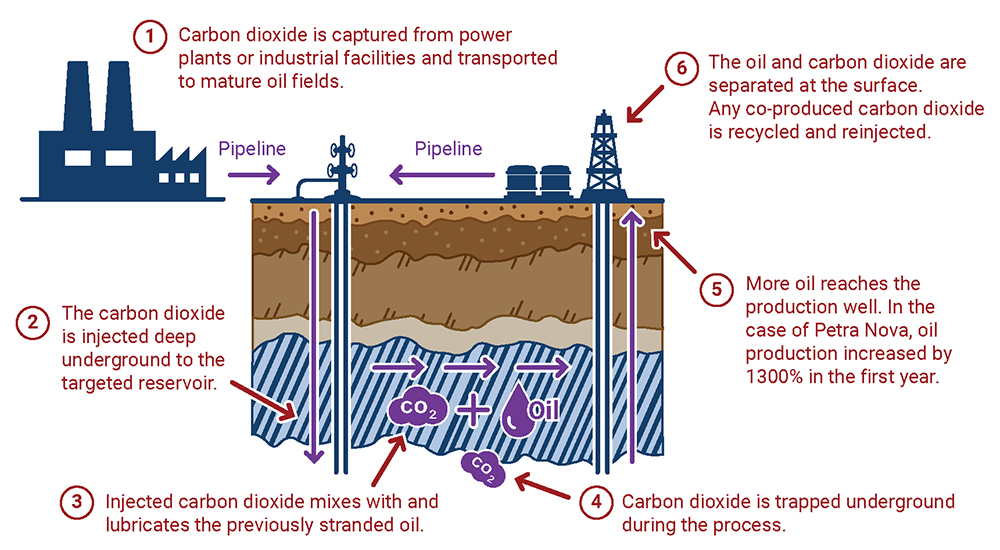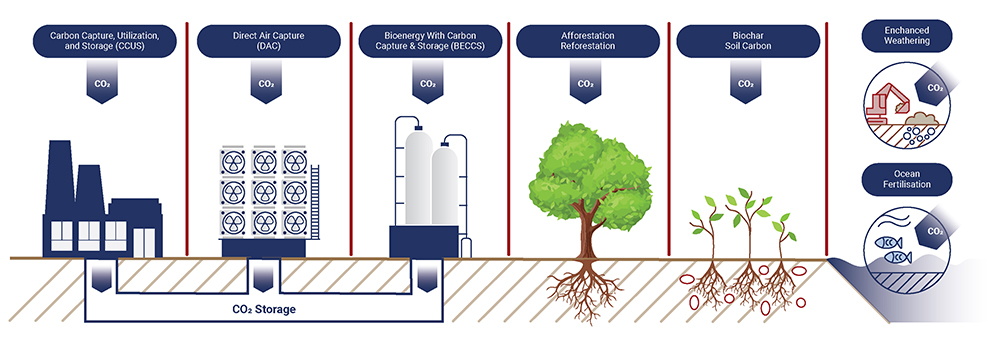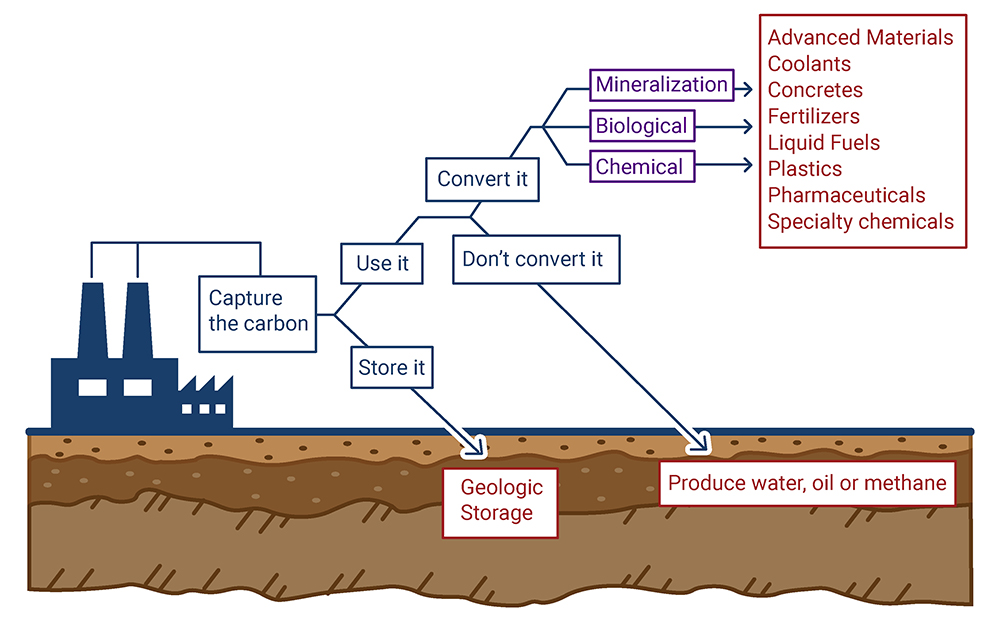- Carbon management is a major emerging global market. The CDR market alone was valued at $370 million in 2022 and is projected to surge to $8.1 billion by 2028, reflecting growing demand for durable, scalable carbon innovation.
- American companies have a competitive edge. The U.S. operates over 40% of the world’s commercial carbon capture facilities and leads in early-stage carbon removal innovation with over 200 CCUS projects at various stages of development across the U.S. and two advanced million-ton scale direct air capture projects in Texas and Louisiana.
- Carbon management is needed to maximize domestic fossil resources. These technologies are well-positioned to advance American competitiveness in the growing $17.6 billion enhanced oil recovery (EOR) market by supplying carbon dioxide for extraction. The U.S. EOR market represents about 36% of the global EOR market.






